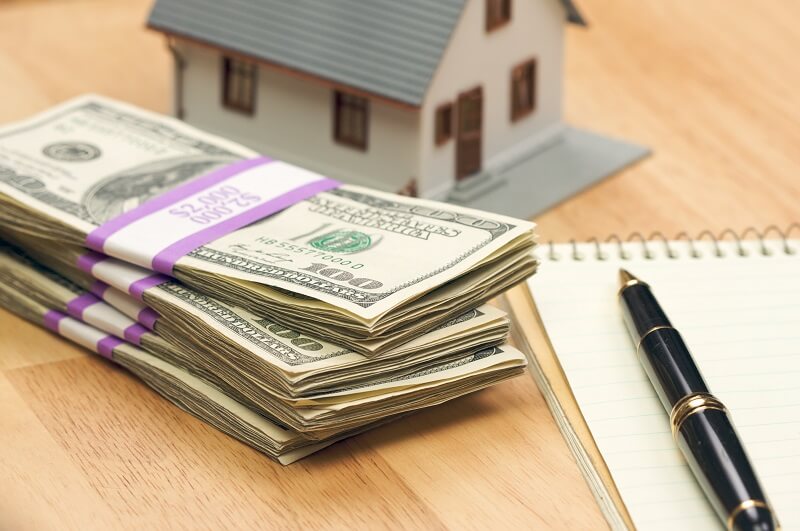Real Estate Investment: Best Practices For Rent Collection

Rent collection is one of the most critical parts of investing in real estate today. How can you do better at it?
No matter how great a rental property opportunity appears, it is only ever as good as the rent collection. You can have a beautiful property in a great location, that you are proud to own. If the rent isn’t coming in, it can be a disaster. The same as an ugly, cheap little mobile home can become a gold mine if it is a solid cash cow, churning out those rents month after month.
Some of this comes down to the properties you acquire, and your tenant screening practices. Part of it may rely on general property management. Yet, there is a lot that can be involved in monthly rent collection practices which can dictate overall returns. Here are some best practices to help you ace it.
Don’t Do it Yourself
Don’t try knocking on doors to collect rent yourself as the owner. It’s risky. Most landlords are not professional property managers. It’s good to have a third party, who can deflect any requests that may impact rent collection. This also protects you from the liability of frivolous and malicious lawsuits which can be filed against you by bad tenants who just want to get some free months of rent. Don’t put yourself in a position where you can be accused of bad behavior.
Document Everything Well
Keep great records. Not just piles of receipts or bank accounts with miscellaneous deposits. You need good accounting records if you want to make it easy for the next buyer to finance your property, you need to refinance, and to maximize your tax breaks.
Helping tenants to properly document the rent they pay can make a big difference too. This is especially vital if you are offering owner financing or a rent-to-own deal. Without being able to satisfy a lender’s underwriter with all the right paperwork they won’t be able to get a loan.
Online Payment Options
Every landlord should be offering the ability for tenants to pay online today. This cuts down on fraud and loss from counterfeit bills and checks, makes record keeping easier, and makes it easier for tenants to pay, even when they are having a tough month. In most cases they can pay with online transfers, pre-paid cards, credit cards, and can stay on track, even if they don’t have a bank account. This also saves on time and labor going door to door, creating an even better bottom line.
Don’t Sweat the Late Payers
To many landlords get overly flustered about late payers. You’re going to get them. It is going to be extremely rare to get your rent on-time, all the time. Even from the best tenants. Get used to that, and plan for that with your cash flow, so that you aren’t short on the bills. With a decent sized portfolio or apartment building you’ll probably have some routine late payers. They pay every month, but are always late. Don’t confuse these with being bad tenants. Having a tenant who runs 30, 60, or 90 days late is one thing. That can get serious and costly fast. Having late payers who regularly pay slow, but are never more than 30 days late, can actually be a source of extra profit. Just build in some good late fees to your lease. If you make an extra $50 to $100 each month per unit on late fees, that can really help. Just don’t neglect sending out the same late and default notices so you are legally protected if you do have to evict.
Budget Well
Don’t blow it all! Don’t treat rent collection day like most of your tenants treat pay day. Don’t go blow it all, and then figure out you don’t have enough to pay the bills, or get stuck when unexpected costs come along. Know how you will allocate your rents in advance. Pay the bills first, set aside reserves for emergencies and replacing items that wear out over time like appliances and carpet, and then treat yourself. You really don’t want to get in a situation where you can’t fix the heat in winter, or the utilities get cut off.
